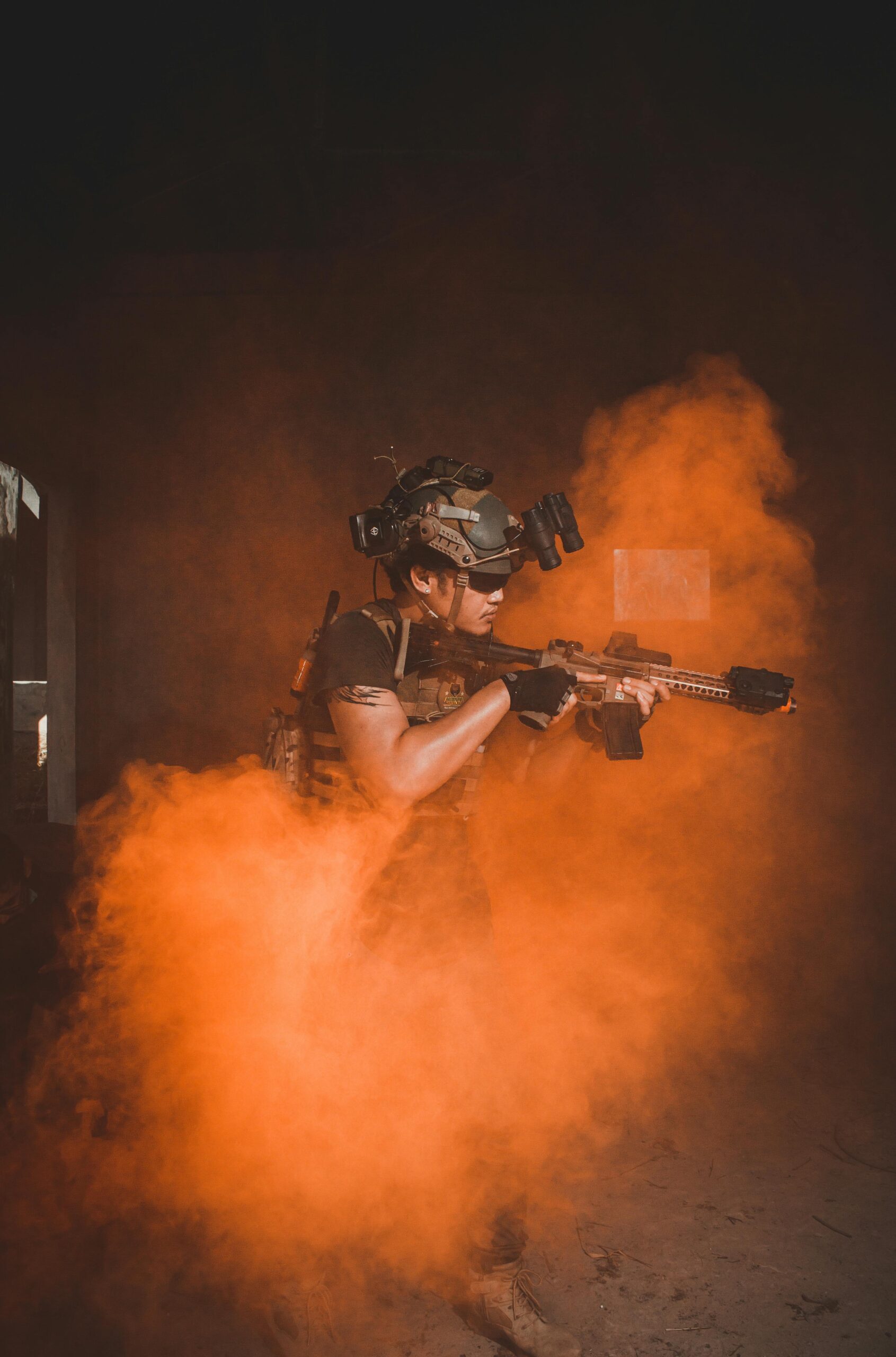The Critical Role of Military Physical Training in Building Combat Readiness
Military physical training (PT) is far more than a routine exercise regimen—it is the backbone of combat readiness, designed to prepare soldiers for the extreme demands of warfare. Unlike civilian fitness programs, military PT prioritizes functional strength, endurance, and mental resilience, ensuring personnel can perform under physically grueling and psychologically stressful conditions. This article explores the principles, methodologies, and evolving strategies of military physical training, shedding light on how armed forces worldwide mold individuals into battle-ready units. From foundational fitness standards to advanced tactical conditioning, we’ll examine how structured PT programs address the unique challenges of military service while fostering teamwork, discipline, and adaptability.
The Foundation of Military Physical Training
At its core, military PT is rooted in mission-specific requirements. Programs are tailored to develop functional fitness—skills directly applicable to combat scenarios, such as load-bearing marches, obstacle navigation, and explosive power. Standardized tests, like the U.S. Army’s Combat Fitness Test (ACFT), assess strength, agility, and stamina through events like deadlifts, sprint-drag-carries, and timed runs. These benchmarks ensure soldiers meet the baseline physical demands of deployment. Training often emphasizes compound movements over isolation exercises, mirroring real-world tasks like lifting equipment or aiding injured comrades. Crucially, military PT also instills a culture of accountability, where physical preparedness is treated as a non-negotiable aspect of duty.
Components of a Holistic Military PT Program
Effective military training balances four pillars: strength, endurance, mobility, and recovery.
- Strength training focuses on compound lifts (e.g., squats, push-ups) and calisthenics to build muscle resilience.
- Endurance is cultivated through running, ruck marches, and high-intensity interval training (HIIT) to sustain prolonged efforts.
- Mobility drills enhance flexibility and injury prevention, critical for navigating uneven terrain.
- Recovery protocols, including stretching, hydration, and sleep optimization, ensure sustained performance.
Modern programs also integrate mental toughness exercises, such as stress inoculation through simulated combat drills, to bridge physical and psychological preparedness.
Adapting Training for Specialized Roles
Not all military roles require identical fitness profiles. Infantry personnel prioritize load-bearing stamina and explosive power, while special forces undergo advanced conditioning like underwater endurance or high-altitude acclimatization. Technical roles, such as pilots or engineers, may focus more on sustained focus under fatigue. This specialization extends to gender-inclusive programs, with evolving standards acknowledging physiological differences while maintaining operational efficacy. For example, the British Army’s “Train the Trainer” initiative tailors workouts to individual strengths, ensuring all soldiers contribute effectively to unit objectives without compromising safety.
The Psychological Impact of Physical Rigor
Military PT’s psychological benefits are as critical as physical gains. Rigorous training fosters mental resilience, teaching soldiers to push past perceived limits. Team-based challenges, such as group runs or obstacle courses, build camaraderie and trust. Studies show that shared physical hardship strengthens unit cohesion, a vital factor in high-stress missions. Moreover, the discipline required to adhere to strict PT regimens translates to improved decision-making under fire. Programs increasingly incorporate mindfulness and stress-management techniques, recognizing that mental fortitude is the linchpin of battlefield success.
Innovations Shaping Future Military Fitness
Technology is revolutionizing military PT. Wearable devices monitor biometrics in real time, allowing personalized adjustments to training loads. Virtual reality (VR) simulations replicate combat environments, enhancing situational awareness alongside physical exertion. Meanwhile, research into biomechanics has led to injury-resistant workout designs, such as the Canadian Army’s “FORCE” program, which reduced musculoskeletal injuries by 35%. Nutritional science also plays a growing role, with optimized diets boosting recovery and cognitive function. As hybrid warfare evolves, so too will PT—blending traditional grit with cutting-edge science to prepare soldiers for an unpredictable battlefield.
Conclusion
Military physical training is a dynamic, multifaceted discipline essential to maintaining combat readiness. By blending strength, endurance, and mental conditioning, it transforms civilians into resilient soldiers capable of overcoming extreme challenges. Specialized programs ensure diverse roles meet their unique demands, while innovations in technology and physiology continue refining training efficacy. Ultimately, military PT is not just about physical prowess—it’s about forging individuals into cohesive units that thrive under pressure. As global threats evolve, so must the methods that prepare armed forces to face them, ensuring that the human element remains as robust as the technology supporting it.
